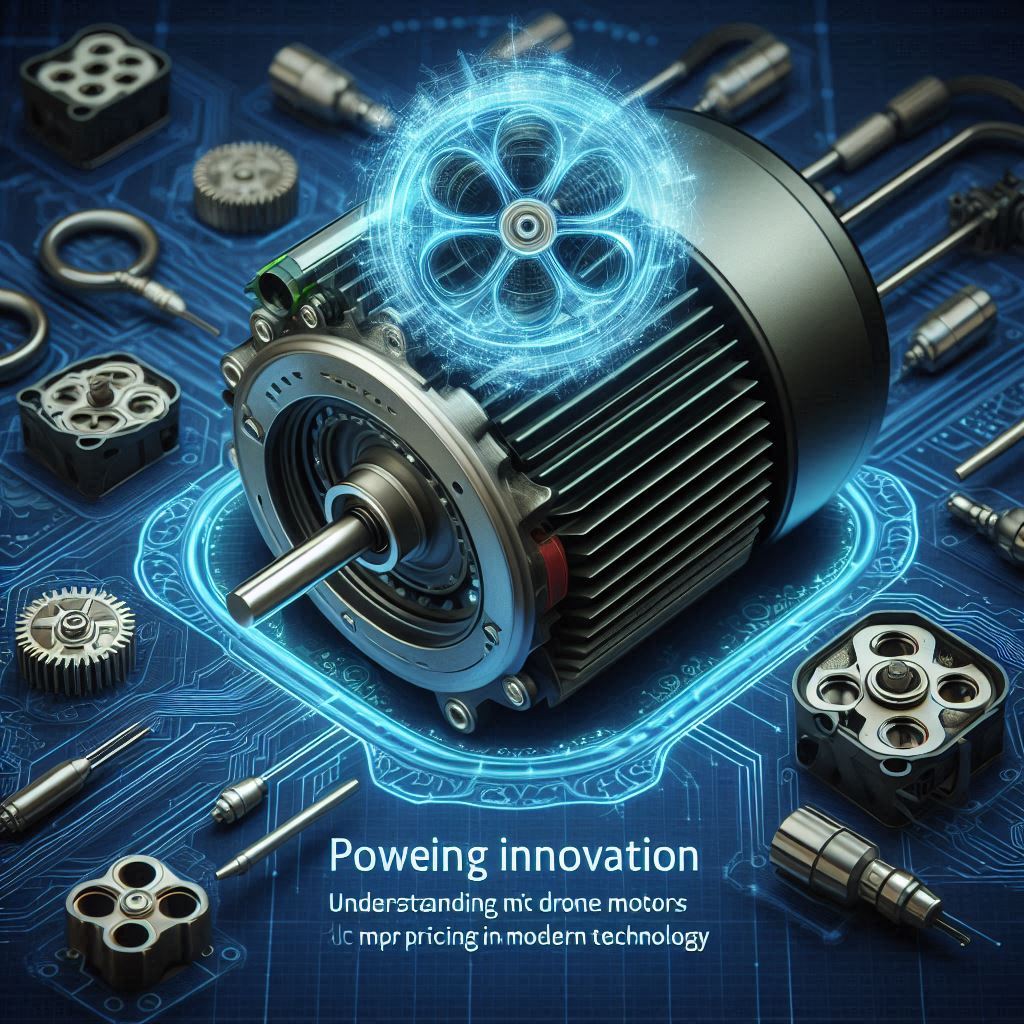In today’s rapidly evolving technological landscape, the advancement of modern devices and machines owes much of its success to foundational innovations in electronic systems. From smartphones and electric vehicles to automated industrial machines, the seamless functionality of these tools is largely attributed to the integration of high-performance internal parts that work silently in the background. Among the crucial elements shaping the tech-driven world are the intricate electronics components and the efficient operation of specialized motors like BLDCs.
Electronic devices, regardless of their size or complexity, rely on a variety of components to operate. These range from resistors, capacitors, diodes, and transistors to more advanced elements like microcontrollers and sensors. These components perform vital tasks such as regulating current, storing energy, processing data, and facilitating communication between circuits. The miniaturization and enhanced capabilities of these parts have significantly influenced the development of compact, more intelligent devices across multiple industries. Whether in household gadgets or sophisticated robotics, the reliability of these components ensures consistency and performance.
One of the most exciting innovations in the field of motion control and automation is the use of bldc motors . Unlike traditional brushed motors, BLDCs are brushless, which means they experience less wear and tear, making them more durable and efficient. Their design features a permanent magnet on the rotor and electronic commutation instead of mechanical brushes, resulting in quieter operation and higher torque output. This makes them ideal for electric vehicles, drones, HVAC systems, and a range of precision-based applications where performance and longevity are key.
Furthermore, BLDC motors contribute to energy savings and smoother speed control, which is critical in today’s energy-conscious world. Paired with advanced electronics, they offer responsive feedback and superior automation capabilities. Industries that depend on robotics, CNC machinery, and even medical equipment have increasingly adopted these motors for their reliability and precision.
The synergy between electronics components and motor technology reflects a larger trend in innovation: the move towards smarter, more sustainable systems. These components not only make devices smarter but also ensure that motors operate efficiently under a wide range of conditions. As industries continue to demand faster, more efficient, and more reliable performance, the role of such technologies becomes even more central to our future.

